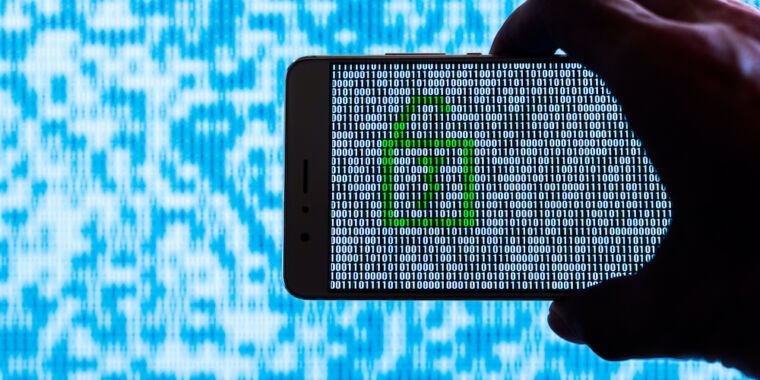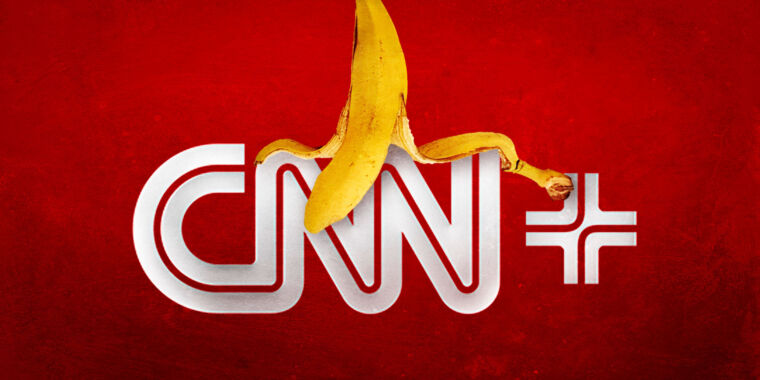
Aurich Lawson
Apple announced today that it is formally discontinuing macOS Server after 23 years. The app, which offers device management services and a few other features to people using multiple Macs, iPhones, and iPads on the same network, can still be bought, downloaded, and used with macOS Monterey. It is also still currently available at its normal $20 retail price but will no longer be updated with new features or security fixes.
Server was never as widely used as the consumer versions of macOS, but macOS Server has a long history going all the way back to Apple’s late-’90s acquisition of NeXT and its NeXTSTEP software. NeXTSTEP was adapted into a project called “Rhapsody,” which added support for some longtime Apple software and a more Mac-like user interface and was initially released as Mac OS X Server 1.0 in March of 1999. This initial version of Mac OS X Server shared a lot of underpinnings with what would become Mac OS X but predated important user interface elements like the Dock and the Aqua theme, which would launch two years later in the first consumer version of Mac OS X.
Mac OS X Server remained its own totally separate version of the operating system, from the launch of that initial version through to Snow Leopard Server (version 10.6) in 2009. Starting in Mac OS X Lion, Apple began selling the Server software as a downloadable add-on app for any Mac, coinciding with the death of Apple’s last rack-mounted Xserve hardware. This transition also slashed the software’s price; a single Snow Leopard Server license cost $499, while the Server app cost just $50.
Apple continued to develop the Server app in the following years, releasing major new versions roughly in lockstep with yearly Mac software updates. But the software gradually began shedding features, starting with services like DNS and mail that weren’t specific to Macs. Apple did still offer unique features to Mac and iDevice users in Server: mobile device management for IT admins; a Time Machine backup service that could enforce per-device storage quotas to keep one Mac from filling up a server’s entire hard drive; and a Caching service that could save bandwidth by storing and offering app and OS updates to other devices on your server’s network rather than downloading things from Apple’s servers multiple times.
Apple notes that the Time Machine, Caching, and File Sharing services are all included in all macOS installs now, and they have been since High Sierra was released back in 2017. For mobile device management, Apple points to a pair of pages about choosing third-party MDM software and migrating from one MDM service to another in lieu of making more specific recommendations or offering specific tools that could speed migration from Apple’s MDM service to a different one.








